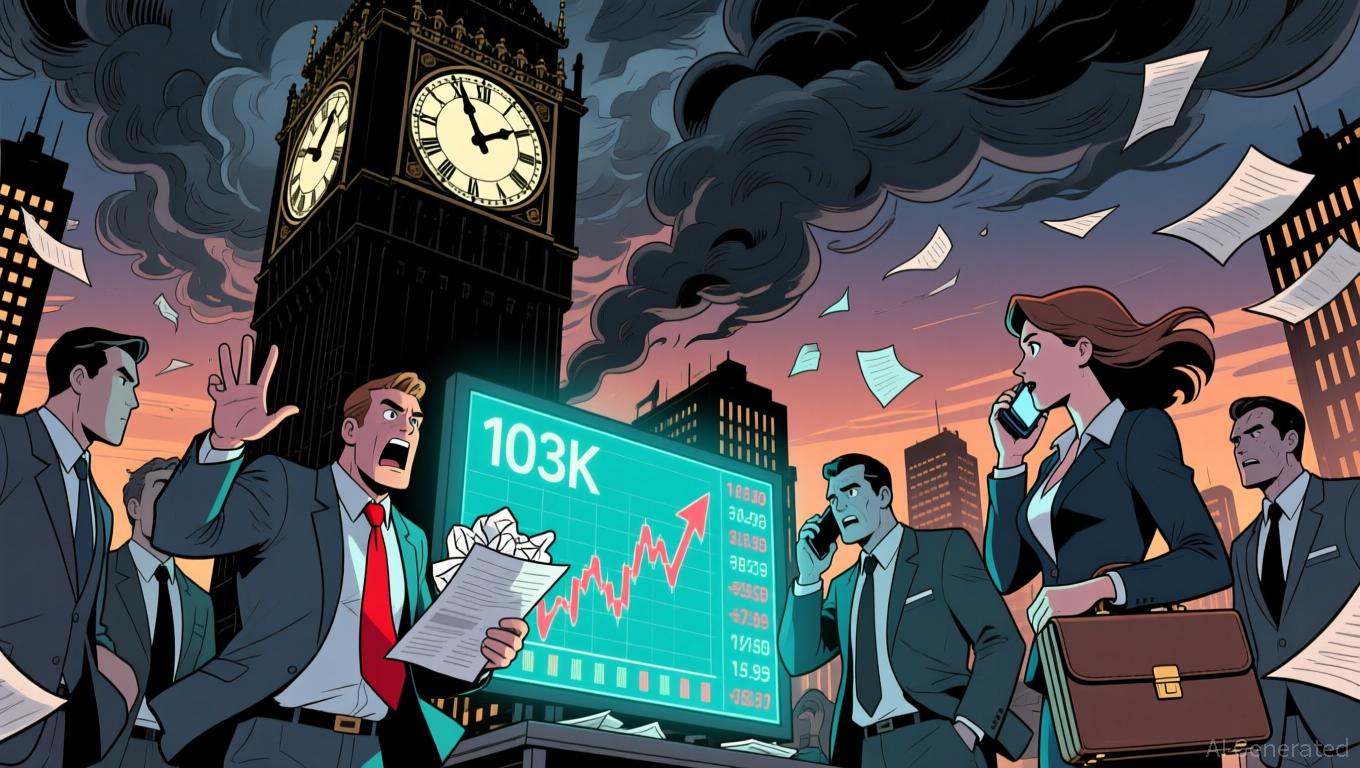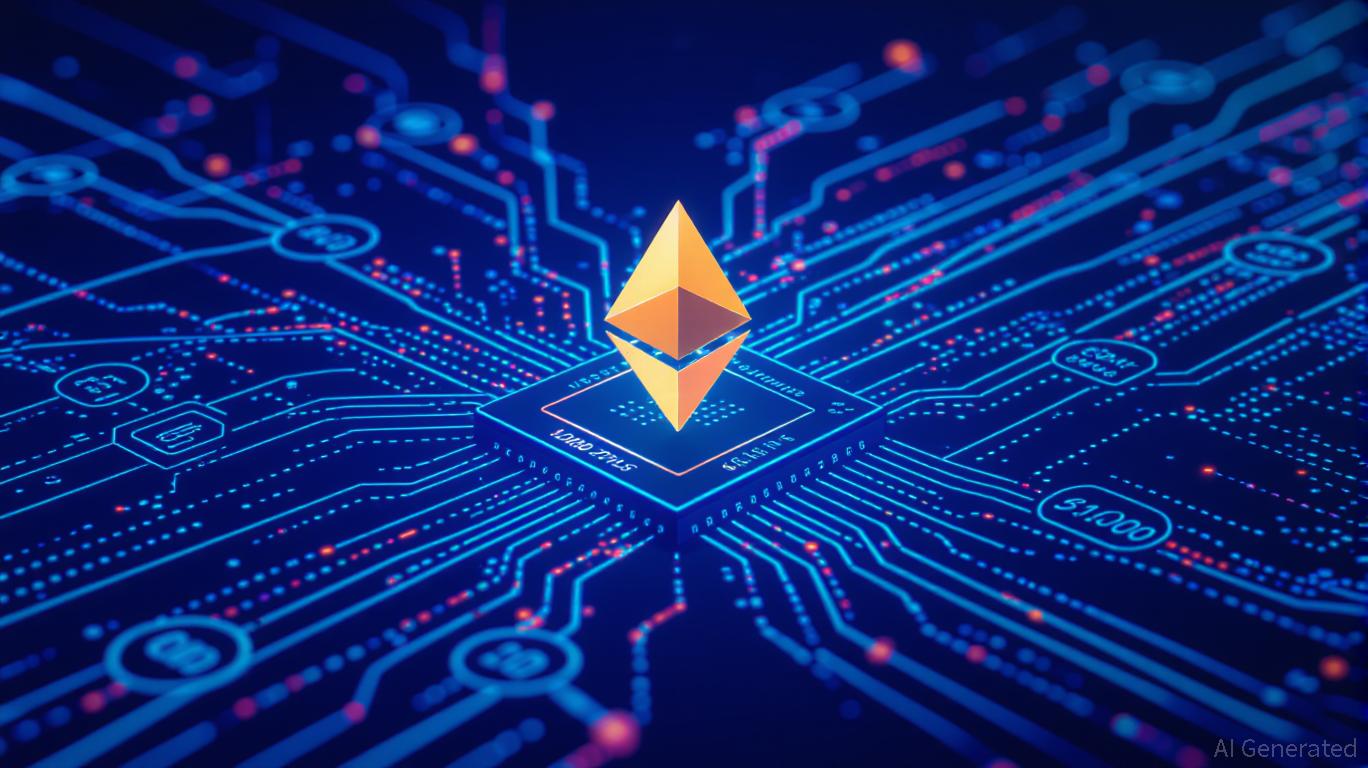Solana dunks on XRP supporter after Ripple Swell promo draws comparisons
Key Takeaways
- A X user claimed that Ripple and XRP are "not on the same level" as Solana.
- Solana responded with a thread of institutional partnerships, ETF mentions, and reports from Franklin Templeton, Fidelity, and Citi.
Solana’s official XRP account on Friday entered into a short back-and-forth with an XRP supporter who claimed that Ripple and its XRP token “are not on the same level” as Solana.
“If there is any!!! And I mean ANY DOUBT!!! that Ripple the company and XRP the asset are not on your level,” said the XRP supporter, tagging Solana and Western Union, which has tapped Solana for its upcoming stablecoin rollout.
The comment appeared under Ripple’s post promoting its upcoming Swell conference, which features institutional panels with executives from Citi, Franklin Templeton, and Fidelity.
“Correct, not on the same level,” Solana’s X account replied , before listing evidence of its growing institutional traction, including endorsements and integrations from Franklin Templeton, Citi, and Fidelity, as well as the approval of spot Solana exchange-traded funds in the US.
Earlier this week, Solana’s X account drew responses from members of the Ripple community after spotlighting Western Union’s decision to issue its stablecoin on Solana.
The announcement stirred debate among XRP supporters, as the remittance giant once explored Ripple’s blockchain technology and XRP for cross-border money transfers and capital optimization.
Disclaimer: The content of this article solely reflects the author's opinion and does not represent the platform in any capacity. This article is not intended to serve as a reference for making investment decisions.
You may also like
Bitcoin News Update: Bitcoin’s Drop to $100k Highlights Short-Term Anxiety Versus Enduring Confidence from Institutions
- Bitcoin fell below $100,000 in Nov 2025 amid geopolitical tensions and profit-taking, wiping $1.3B in crypto liquidations. - Technical indicators showed bearish momentum, with whales selling 38.4k BTC while retail traders bought 415 BTC. - Michael Saylor predicted $150k BTC by year-end, citing institutional adoption, as investors shifted to altcoins like AlphaPepe. - Miners like MARA doubled Bitcoin reserves in Q3, but stocks dipped amid macroeconomic uncertainties and volatile price swings.

Vitalik Buterin Backs ZKsync: Driving Layer 2 Expansion and Unlocking Investment Opportunities
- Vitalik Buterin's endorsement of ZKsync's Atlas upgrade validates its technical innovation, boosting institutional interest and investor confidence. - The upgrade enables direct Ethereum liquidity access, achieving 15,000+ TPS and near-zero fees, positioning ZKsync as a key Layer 2 infrastructure. - Buterin's backing triggered a 120% token price surge and $600M market cap, highlighting its potential to dominate Ethereum's scaling solutions. - ZKsync's tokenomics overhaul prioritizes buybacks and staking

Zuckerberg: *The Social Network* Captured My Mannerisms, But Not My Life
- Mark Zuckerberg praised *The Social Network* for accurately replicating his Harvard-era casual style, including owned T-shirts and fleece jackets. - He criticized the film's narrative, calling its portrayal of his Facebook motivations and fabricated romantic subplot "completely wrong." - Zuckerberg highlighted Hollywood's struggle to grasp tech entrepreneurship's intrinsic appeal, emphasizing real-world innovation vs. dramatization. - Despite narrative disagreements, he bought the film's iconic "Ardsley

Zcash Halving Scheduled for November 2025: Triggering Market Fluctuations and Attracting Speculative Investments
- Zcash's November 2025 halving will cut miner rewards by 50%, mirroring Bitcoin's deflationary model and tightening supply. - Historical data shows post-halving price surges, with Zcash's price rising 472% since October 2025 amid $137M institutional inflows. - Privacy-centric features (30% shielded supply) and speculative demand drive volatility, but regulatory risks and competition pose challenges. - Market dynamics highlight tension between scarcity-driven optimism and macroeconomic uncertainties affect
